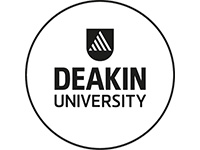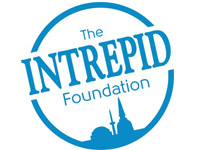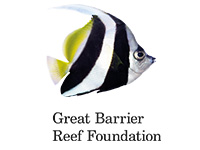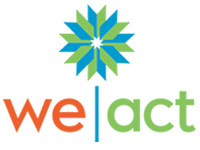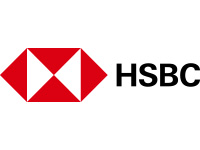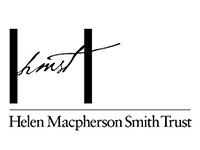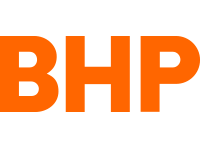ENABLING BLUE CARBON MARKETS
Towards blue carbon ACCUs
Exclusion
Scale of opportunity
For the first time, we will estimate the scale of opportunity to restore coastal wetlands through the exclusion of non-native ungulates and the resulting carbon abatement and ecosystem services. Priority and cost-effective areas will be identified using Victoria as a case-study, to help focus restoration efforts. This approach will provide practical information for stakeholders and land managers, ensuring high impact research that influences on-ground management.
Landholder amenability
A coastal wetland restoration program largely focussed on private land requires an understanding of how private landowners value coastal wetlands, their motivations, barriers to changes in land-use practices, and what incentives might encourage landholder participation in restoration on their land. Our research will evaluate landholder amenability to coastal wetland restoration, providing critical insights into the type of mechanisms that could be used to reward those who restore coastal wetlands on their property.
Public benefit
Our research will help determine the general population’s willingness to pay for the restoration of coastal wetlands, and to prioritize the importance of ecosystem services provided by the restored wetlands. This information will help inform government and investor decision-making regarding investment in coastal wetland restoration.
Cost benefit analysis
Our research aims to evaluate the economic viability of exclusion projects for coastal wetland restoration by integrating the financial, environmental, and social dimensions of value into a framework. The viability of fencing projects will be aligned to financing solutions, based on our understanding of which stakeholders (private landholders, investors, or the public) benefit from which projects and the appropriate incentive mechanisms required to facilitate uptake.
ERF method development
It is imperative to operationalise financial strategies for both the cost of restoration actions as well as appropriate compensation (incentive) for private landholders. Our research will help support the development of a new blue carbon method (exclusion of non-native ungulates from coastal wetlands) under the ERF.
#removethehooves
Follow the program on social media using #removethehooves
Tidal reinstatement
